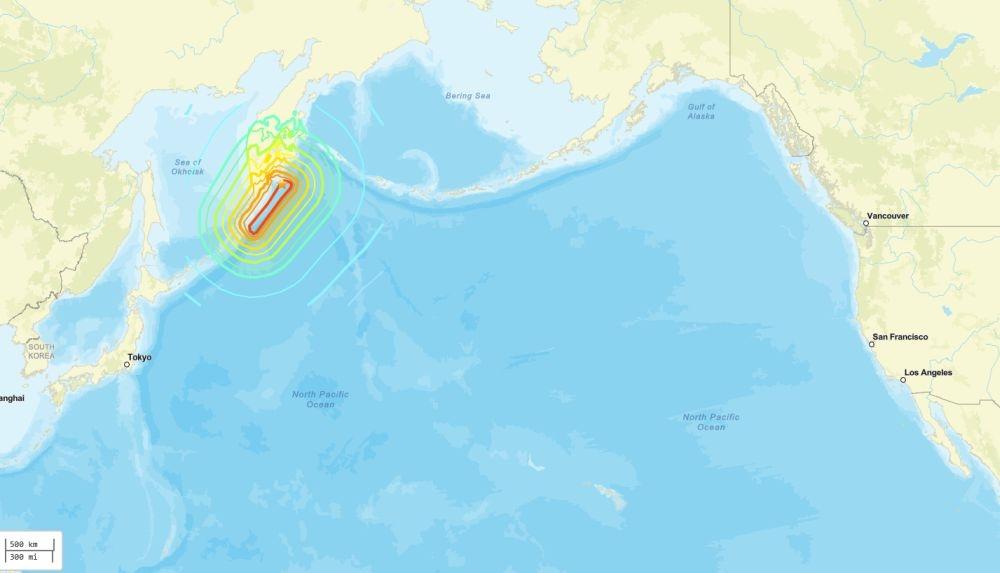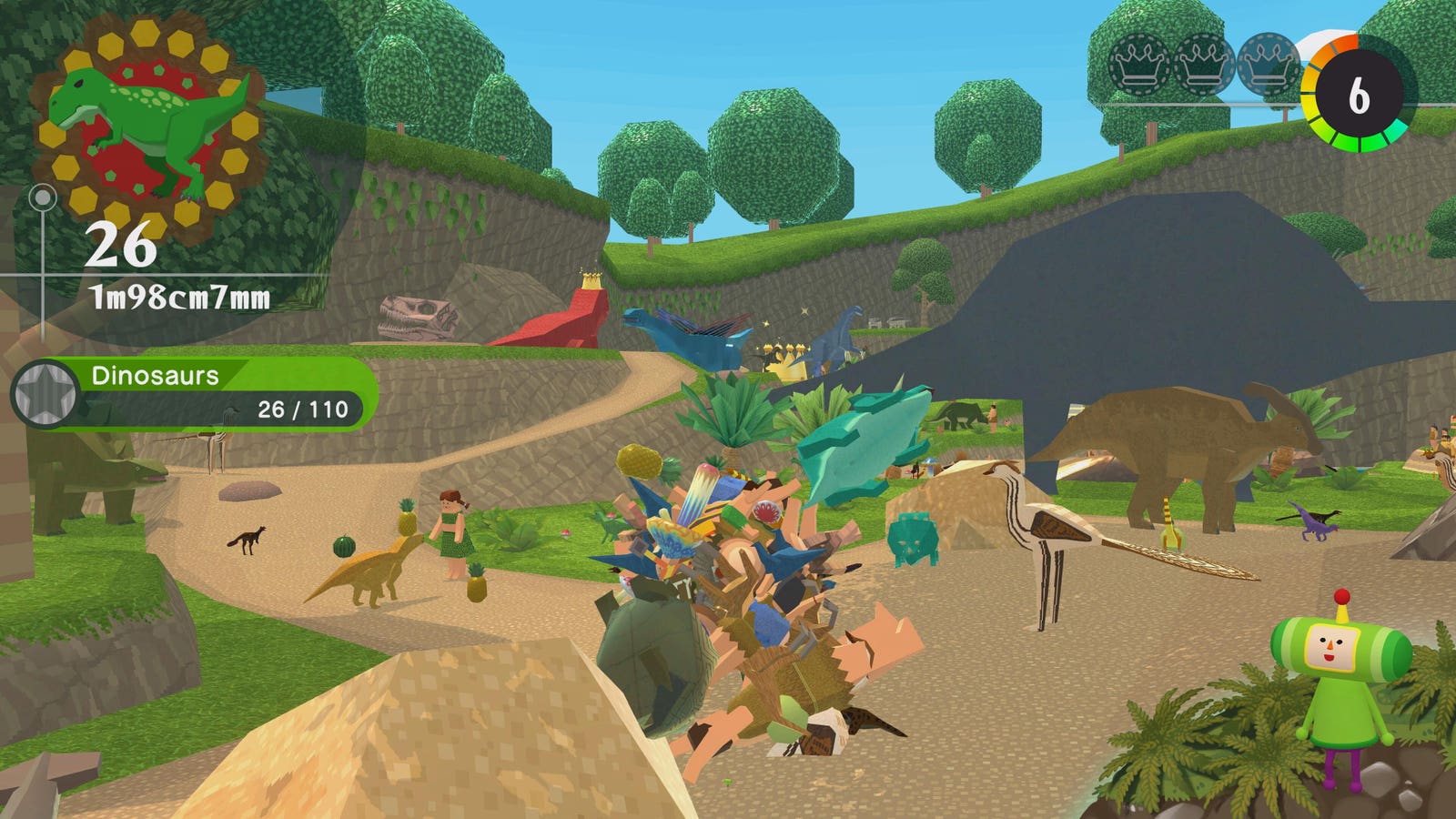A magnitude 8.8 struck the Kamchatka Peninsula, Russia on July 30. 2025.
At 11:24 am local time on July 30, 2025, a powerful earthquake struck offshore of the Kamchatka Peninsula, as reported by the U.S. Geological Survey on its social media platform. Videos shared on social media show shaking lasting several minutes.
With a preliminary magnitude of 7. 8 to 8.8 it is the strongest earthquake since the magnitude 9.1 Tōhoku earthquake of March 11, 2011.
Tsunami alerts were issued by the U.S. Tsunami Warning System around the Pacific Basin for the Aleutian Islands (Alaska), the islands of Hawaii, California, Oregon and Washington on the U.S. west coast, the Japanese archipelago and other Pacific nations, with 1 to 3 meter waves possible. Japanese authorities evacuated low-lying areas along the shores and partially shut off the rail system in eastern Japan. Russian authorities have reported minimal damage so far and issued evacuation orders for Sakhalin Island. They also warned of possible aftershocks.
The rupture likely spanned an area roughly 390 kilometers long and 140 kilometers wide, following the Kuril-Kamchatka Arc. Earthquakes of this magnitude are not points, but large areas of slip along faults.
The Kuril-Kamchatka Arc extends approximately 2,100 kilometers from Hokkaido, Japan along the Kuril Islands and the Pacific coast of the Kamchatka Peninsula, until terminating at its intersection with the Aleutian arc south of the Commander Islands, Russia. It marks the region where the Pacific plate subducts into the mantle beneath the Okhotsk mircoplate, a proposed regional microplate of the larger North America plate. Relative to a fixed North America plate, the Pacific plate is moving northwest at a rate that increases from 79 millimeters/year near the northern end of the arc to 83 millimeters/year near adjacent to Hokkaido.
Map showing earthquakes since 1980 (according to https://seismic-explorer.concord.org/) and plate … More
Deformation of the overriding Okhotsk microplate generates shallow crustal earthquakes within 20 kilometers, while slip at the subduction zone interface between the Pacific and North America plates generates interplate earthquakes that extend to depths of 40 to 60 kilometers.
The Kuril-Kamchatka region frequently experiences large (with a magnitude over 7.0) and great (with a magnitude over 8.0) earthquakes. Since 1900, 133 large and 12 great earthquakes have occurred along the arc, including a magnitude 9.0 earthquake in 1952.









